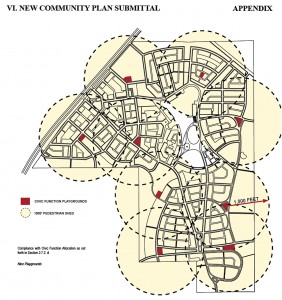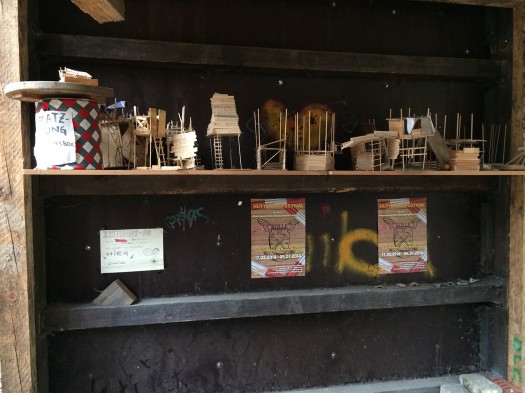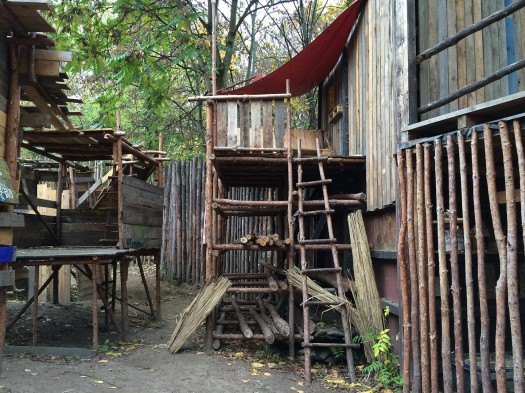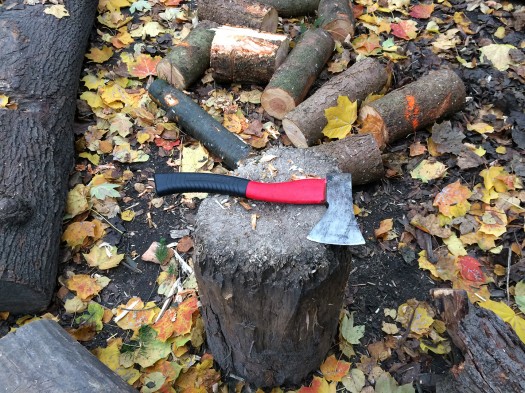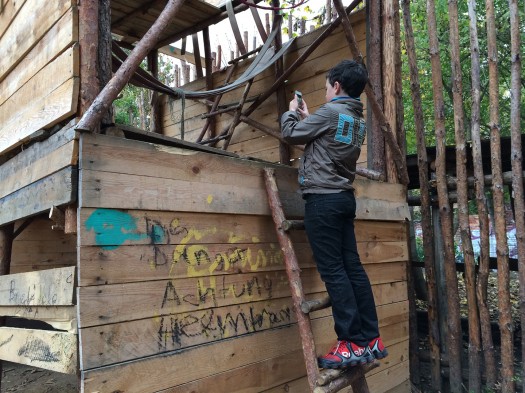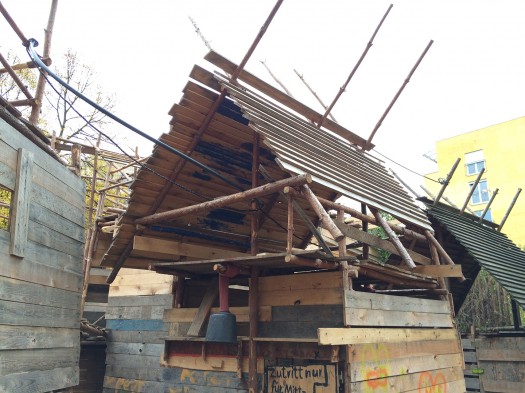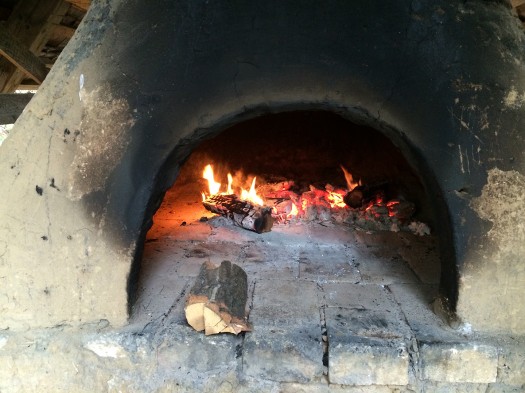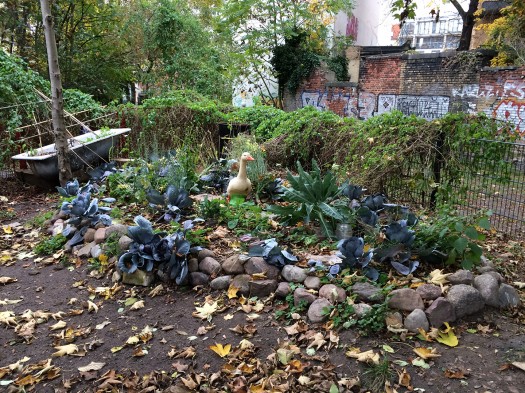A Placemaking Journal
Berliner Kinder: Berlin and its playborhoods

You’ve heard my fellow Placeshaker, Scott Doyon, say Smart Growth = Smart Parenting. More than once, actually. As well as how living in a walkable neighbourhood may shape our children. I’ve also talked about how my winter city, Winnipeg, nurtures active kids, as well as put some of those ideas into a TEDxTalk. Last week, walking around Berlin, my 10-year old pointed out the exceptional numbers of downtown kids, and really enjoyed hanging out in some of the neighborhood parks.
Our favorite was Kolle 37, which for a kid’s experience truly hit it out of the park. Project for Public Spaces does a great job of telling why it works, so I’ll just share some of our stash of images and a few back-of-the-envelope thoughts.
Much of what we’ve written about walkable urbanism and kids is all about resisting the urge to be helicopter parents that raise fragile, teacup children. With the help of a walkable neighborhood, it’s a little easier to experience that letting-go process, with slower cars, more eyes on the street, and a network of people you know and trust. Slowly, we’re letting free-range children happen again.
In a similar sort of way, Kolle 37 introduces kids to some rather lethal tools – hatchets, fire, hammers, nails – with some coaches close-by to keep the Lord of the Flies away. Within relative safety, the kids have built their own play houses, bake bread in a wood-burning oven, throw some good-looking earthenware at the wheel, grow their own food, and raise some rabbits.
I have to admit, as a somewhat safety-conscious mom, at first climbing into the 3-story kid-built structures had me on high alert. Aside from watching out for foot placement and taking responsibility for my own safety, watching how the kids interacted with each other and their tools made me feel that same sort of pride that I did during my first game of watching street hockey – realizing that the kids had the basic skills they need to stay out of harms way, and work through their internal striving.
This sort of cultural inclination to allow and encourage hands-on building must contribute to German engineering prowess? Just as Canadian embrace of our wintriness likely nurtures winter Olympic gold?
My only complaint about the park was that I got thrown out in the end. I hadn’t noticed the signs that said, “No parents allowed,” except in the entrance and exit areas. I would have been much less likely to let my son while away the afternoon on his own, Although if we were residents of the neighbourhood and he was in the company of friends, that’d be another story.
That neighbourhood structure itself is one of the things that make this park function so beautifully. The 30 to 100 children from 6 to 16 years old who visit the park everyday most likely get there mainly on foot and bicycle. That’s because the park is within the immanently walkable Prenzlaur Berg neighbourhood that we discussed on Monday. As you know, we define the pedestrian shed as a 5-minute walk or quarter-mile from the centre to edge of a neighbourhood, with a walkable neighbourhood containing most of your daily needs. Similarly, the playshed is the eighth-mile radius, with every residence within 1000′ of a playground. If I didn’t have a deadline calling, I’d illustrate it for Prenzlaur Berg. To learn more about playsheds, check out the form-based SmartCode and manual. And to see who’s legally requiring playsheds, check out the Codes Study.
The other thing that makes this a playborhood is the exceptionally safe cycling network. When the streets are narrow and slow with a strong sense of enclosure, cyclists mix with the slow-moving cars. On busier streets, the separated cycling lane mounts the curb, and is separated from the pedestrian sidewalk by punitively bumpy pavers.
If you know of parks similar to Kolle 37 in our careful nanny-states of the U.S. and Canada, please let me know in the comments below. So far, I’ve yet to see something so organic and formative on this side of the pond, although the Globe and Mail’s Alex Bozikovic points out in an article last week that we’re moving in the right direction. Click any of the images below for a larger view.
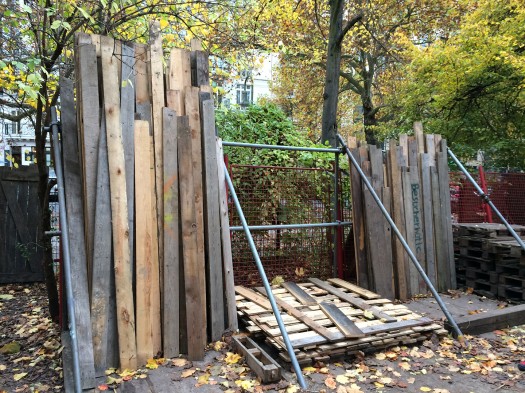
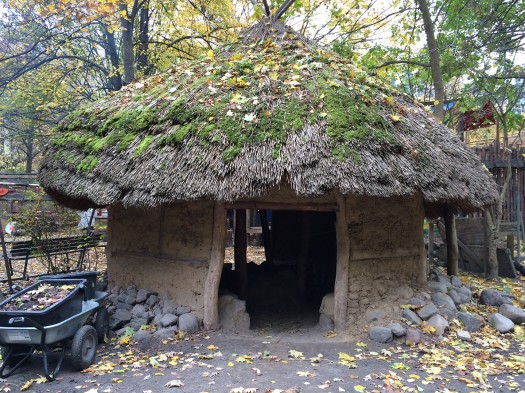
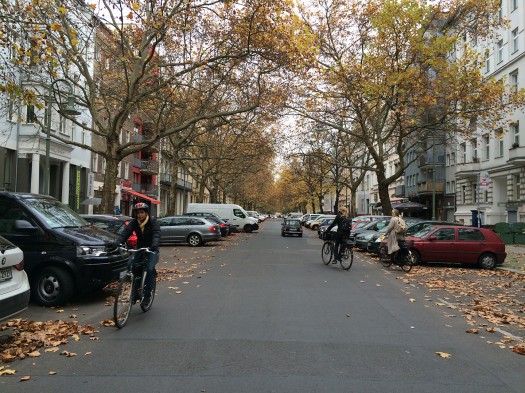
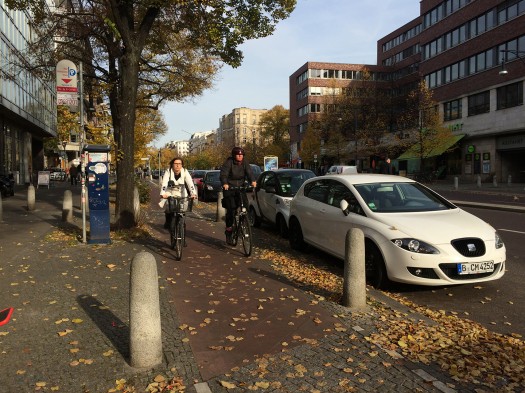
–Hazel Borys
If PlaceShakers is our soapbox, our Facebook page is where we step down, grab a drink and enjoy a little conversation. Looking for a heads-up on the latest community-building news and perspective from around the web? Click through and “Like” us and we’ll keep you in the loop.









